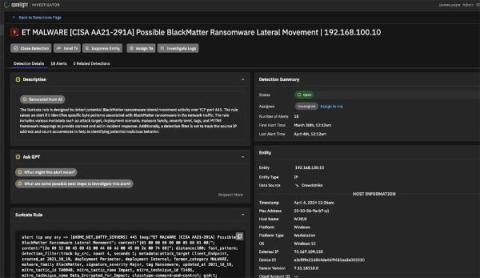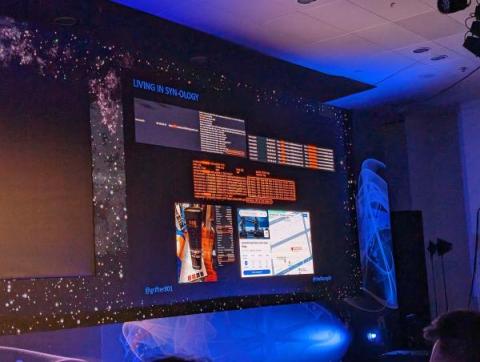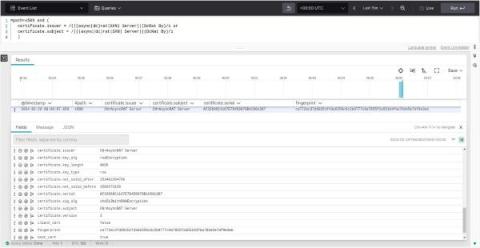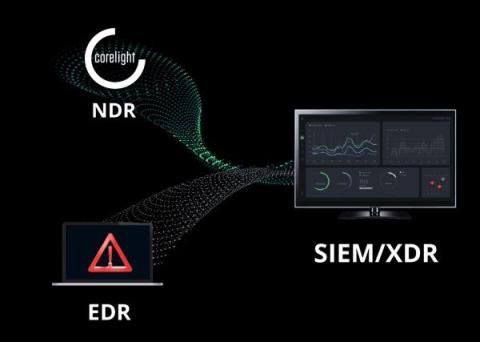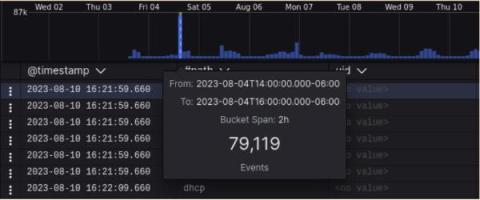Security | Threat Detection | Cyberattacks | DevSecOps | Compliance
Latest Posts
Blackhat NOC: Findings from Europe & thoughts for Asia 2024
Hunt of the Month: Detecting AsyncRAT Malware Over HTTPS
Focus Terrapin patching efforts with Zeek
Dual Defenses: 9 Reasons Why Open NDR Is Essential Alongside NGFW
Inside the Mind of a Cybersecurity Threat Hunter Part 2: Identifying Persistence Techniques
Dual Defenses: 10 Reasons Why NDR Is Essential Alongside EDR
Black Hat NOC USA 2023: Leveraging Corelight's Open NDR Platform for Network Operations (NetOps)
In this blog, I’ll share a few NetOps observations of the Black Hat network that I made during my time serving in the Black Hat Network Operations Center (NOC). My hope in doing so is to spark some ideas on how you can use an existing tool like Zeek for a new purpose. These insights were particularly revealing, despite not being linked to any security incidents.
Inside the Mind of a Cybersecurity Threat Hunter Part 1: Confronting Initial Access Techniques
At Corelight, we’re always striving to make the life of threat hunters and security analysts a little easier. It’s the reason we developed our Open NDR Platform that provides comprehensive, correlated network data and forensic evidence about everything happening on the network. If you’re familiar with Corelight, you probably already know that.
How Corelight Uses AI to Empower SOC Teams
The explosion of interest in artificial intelligence (AI) and specifically large language models (LLMs) has recently taken the world by storm. The duality of the power and risks that this technology holds is especially pertinent to cybersecurity. On one hand the capabilities of LLMs for summarization, synthesis, and creation (or co-creation) of language and content is mind-blowing.


